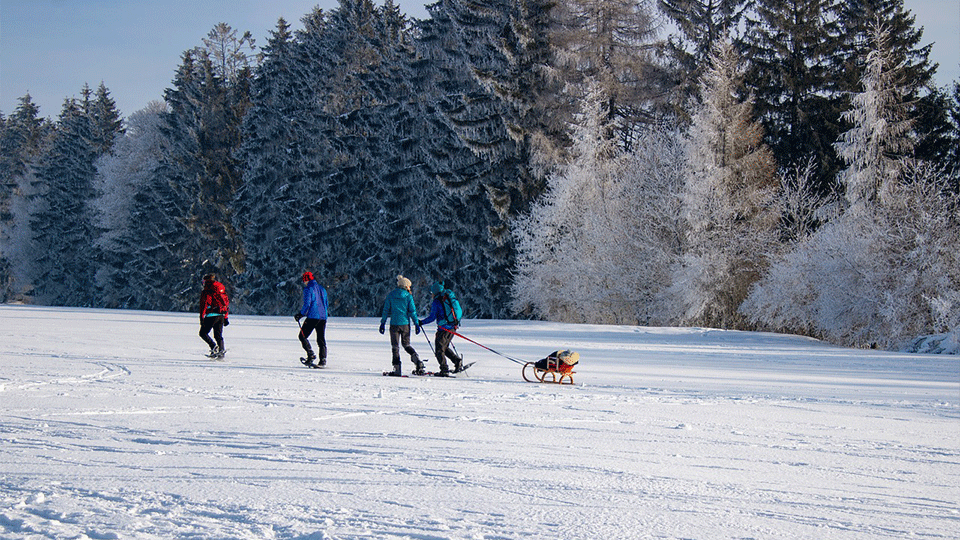

The winter season brings unique challenges and adventures, calling for specialized equipment to navigate the snowy landscapes. Among the most critical pieces of winter gear are the right types of footwear. Two major players in this category are snow boots and snow shoes. Though they may sound interchangeable, they serve different purposes and are designed with different activities in mind. In this article, we'll explore these differences in depth to help you make an informed decision for your next winter escapade.
Snow boots are essentially insulated, waterproof boots constructed to provide optimal warmth and dryness in cold, snowy conditions. Characteristically, these boots have a high-top design to prevent snow from entering, coupled with a closure system, such as laces or zippers, to seal in warmth.
The materials used in their construction range from leather to synthetic textiles, which offer varying degrees of insulation, water resistance, and durability. Additionally, their soles are typically made of rubber and feature deep lugs for maximum traction on snowy or icy surfaces.
The comfort of snow boots largely lies in their interior lining, which is often made of plush, heat-retaining materials like faux fur or wool. Plus, they usually feature cushioned insoles for added comfort during prolonged wear. The fit is also a crucial aspect, as a well-fitted snow boot helps to maintain circulation and prevent cold feet.
Snow boots are the go-to option for everyday winter activities, such as shoveling the driveway, walking the dog, or commuting in snowy conditions. They're also suitable for winter sports like skiing or snowboarding, where keeping your feet warm and dry is paramount.
Snow shoes, on the other hand, are an entirely different beast. They are not boots but rather a type of footwear accessory designed to be worn over your regular winter boots. The primary function of snow shoes is to provide flotation, i.e., they disperse your weight over a larger surface area to prevent you from sinking into deep snow.
Constructed from lightweight materials like aluminum, plastic, or even traditional wood, snow shoes feature a webbing or lattice design. This particular design, coupled with their large surface area, helps to keep you atop the snow. They also have a binding system to securely attach them to your boots and crampons or cleats for added traction on icy surfaces.
Snow shoes are the footwear of choice for traversing deep, unbroken snow. They're ideal for snowshoeing, a winter activity similar to hiking, but on the snow. Whether you're exploring a snow-covered trail, ascending a snowy peak, or simply enjoying a leisurely walk in untouched snowy landscapes, snow shoes can make the experience more enjoyable and less physically taxing.
In essence, the choice between snow boots and snow shoes comes down to your planned activities and the conditions you expect to encounter. Snow boots offer versatility and are suitable for regular winter use in cold, snowy, or icy conditions. In contrast, snow shoes are more specialized and are an excellent choice for activities involving deep snow. By understanding these differences, you can equip yourself with the right footwear to stay warm, safe, and make the most of your winter adventure.